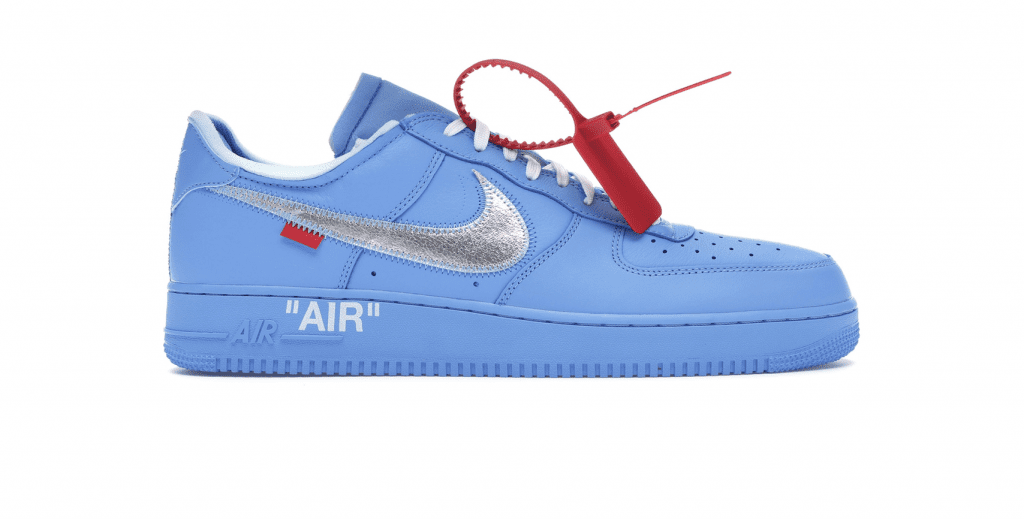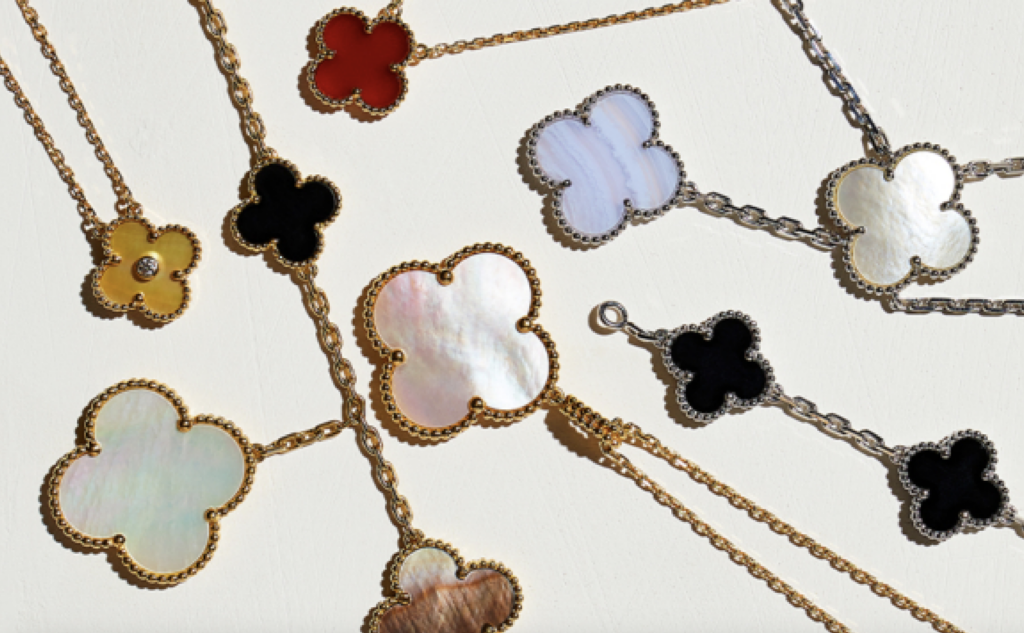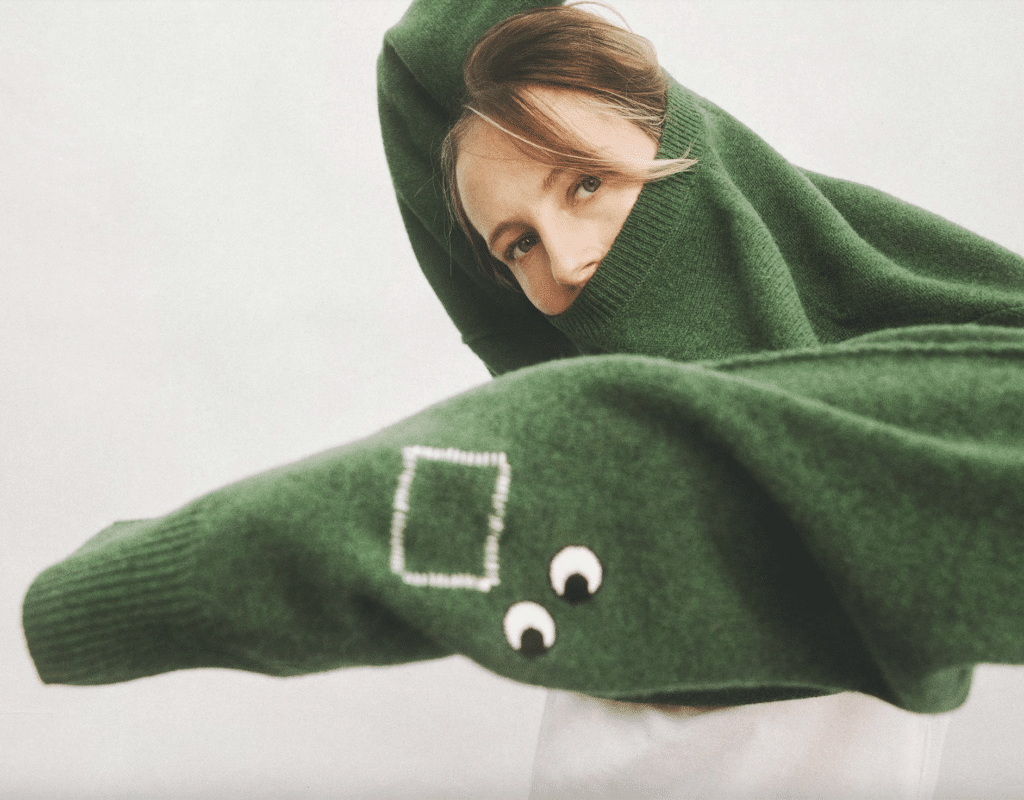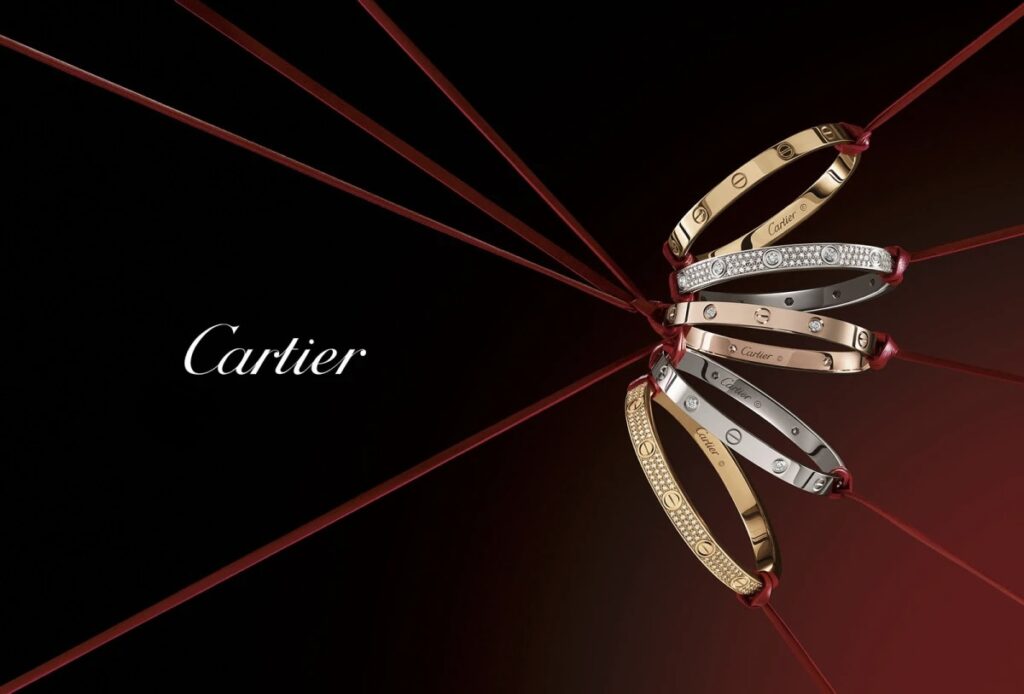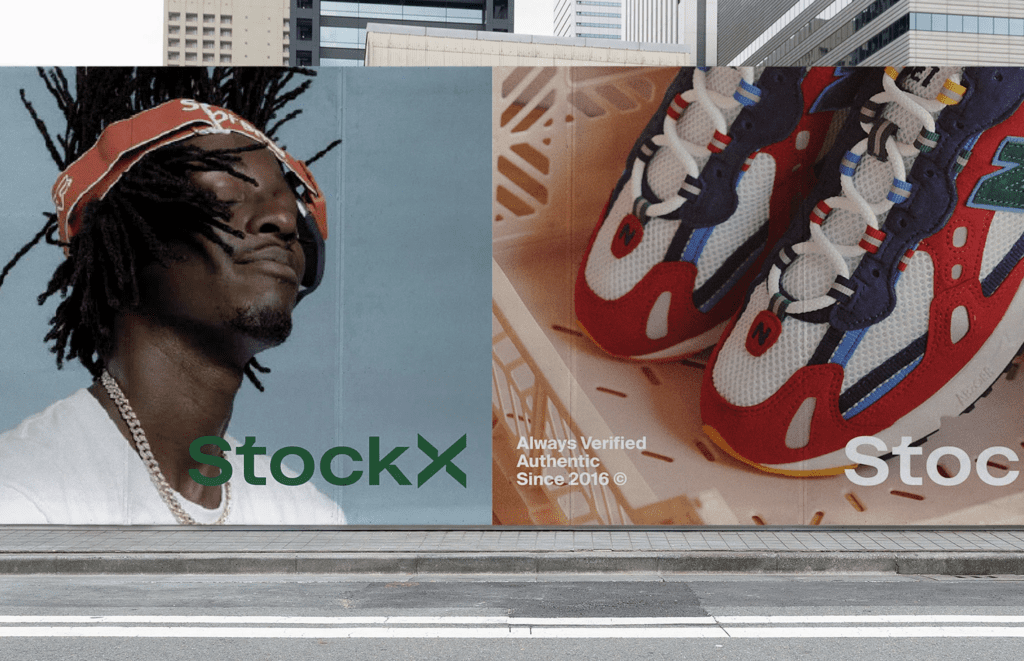In an Off-White double-header, the buzzy streetwear brand is in the midst of developments in connection with its quest to amass federal registrations for a couple of its less-than-ordinary trademarks: its use of quotation marks and its red zip tie. Counsel for Virgil Abloh’s brand filed applications for registration for the two marks, claiming rights in “Product Bag” – complete with the quotation marks – for use on clothing in May 2019, and for “a zip tie with a substantially rectangular end, all in the color red” for use on clothing, and bags in July 2018.
In both instances, examiners for the U.S. Patent and Trademark Office (“USPTO”) preliminarily pushed back against the registration of the marks, citing an array of concerns, such as the functionality of the “configuration of the zip tie,” and the failure of the “Product Bag” trademark to serve as an indication of the source of the products upon which it appears.
Here is the latest in connection with the two marks …
“Product Bag”
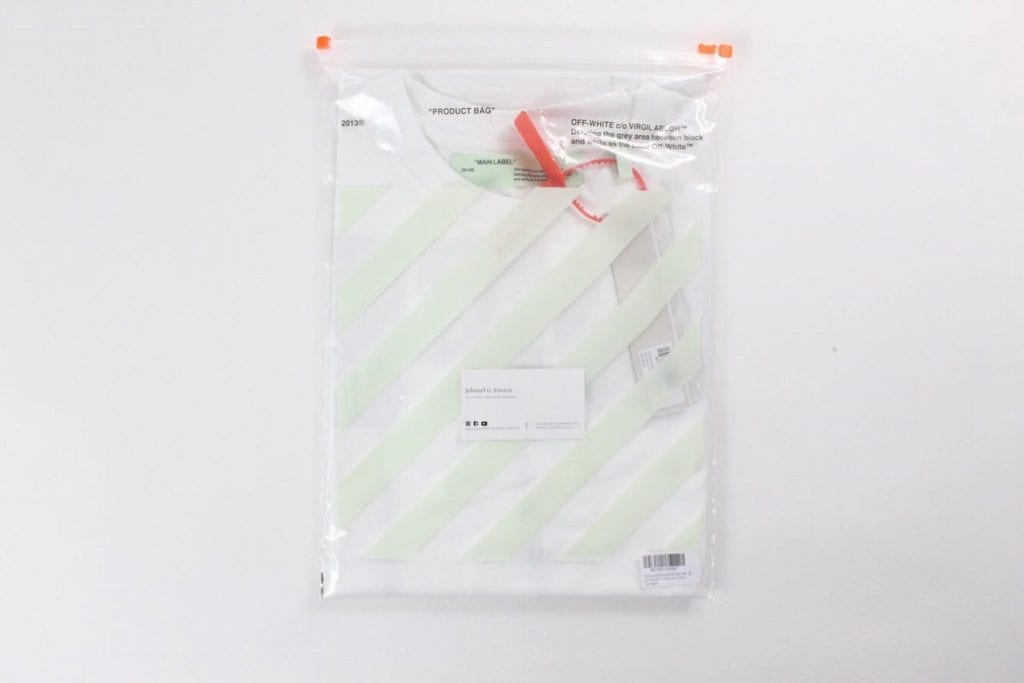
Faced with an August 2019 Office Action from the USPTO, counsel for Off-White filed a formal response in February, in which it argued against examining attorney Drew Ciurpita’s assertion that the “Product Bag” trademark is not eligible for registration because it “does not function as a trademark,” as it does “not indicate the source of [Off-White’s] goods,” nor does it “identify and distinguish [Off-White’s goods] from [those of] others.”
In its response, counsel for nearly 8-year old Off-White said that it “respectfully disagrees” with Ciurpita’s arguments and asserted that its use of the “Product Bag” mark does, in fact, “serve a source-identifying function” due to “the unique commercial impression created by [Off-White’s] distinct use of quotation marks,” paired, of course, with the level of fame of the Off-White brand and Abloh’s widespread use of the quotation marks.
Unpersauded by Off-White’s response, Ciurpita’s issued a second Office Action on March 12, again refusing to register “Product Bag” on the basis that the mark, “as used on the specimen of record, does not indicate the source of [Off-White’s] goods.” (The specimen – i.e., the photo that shows how the trademark is being used since actual use of a mark is a prerequisite to registration – that Off-White submitted to the USPTO showed the “Product Bag” mark on an actual product packaging bag).
According to Ciurpita, Off-White’s argument that its use of quotation marks “alters the commercial impression of the wording in the mark by denoting irony,” a buzzword that has been thrown around in connection with Abloh’s work for years, “is not persuasive.” He states that the use of quotations surrounding the words“PRODUCT BAG” when it “appears on a product bag, would not change the meaning of the wording … as it is a clear reference to the bag itself.” In reality, he says, “The relevant public is not likely to infer irony attached to the wording “PRODUCT BAG” where this wording is written on a product bag and, therefore, has a literal and self-referential meaning.”
With that out of the way, Ciurpita moves on to address Off-White’s assertion that “the quotation mark branding features prominently in many Off-White designs” – from Hailey Bieber’s wedding dress to Ikea signage and Evian water bottles, which he deems to be largely irrelevant.
“[Off-White] argues that the quotation marks in the mark signify the source of the goods because [Off-White] is famous for incorporating quotation marks in designs for their goods,” Ciurpita states, going on to claim that this argument is similarly “not persuasive,” as Off-White’s “use of quotation marks in other situations is not relevant to whether the applied-for trademark functions as a source indicator of [Off-White’s] goods.”
Even with such widespread use and fame in mind, it remains true, per Ciurpita, that “the relevant public would not perceive the mark “PRODUCT BAG”, featuring quotation marks, on the product bag as identifying the source of the goods within the bag,” since “the wording “PRODUCT BAG” appears to be referring to the bag itself, rather than the clothing items listed in the identification of goods.”
Off-White now has six months to respond to Ciurpita’s letter and attempt to make its case as to why the mark should be registered and/or to submit a new specimen (i.e., one that is not a product bag).
Red Zip Tie
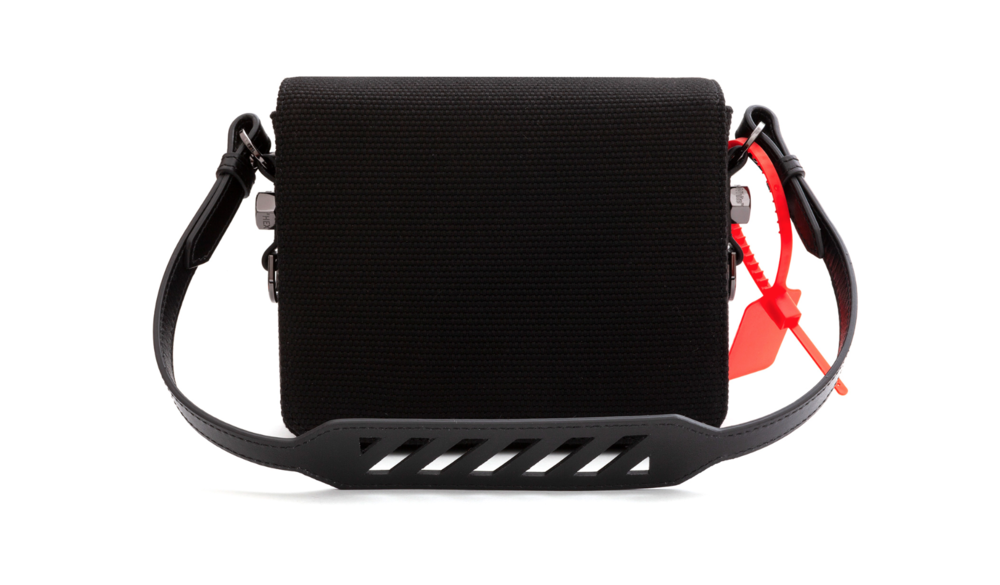
Meanwhile, one day before Off-White received its second Office Action for the “Product Bag” mark, it filed a response to a separate Office Action that it received in connection with its pending application for its red zip tie mark.
After responding to a December 2018 Office Action from the USPTO’s examining attorney Linda M. Estrada, who decided that the red zip tie is not a registerable trademark, Off-White received a second refusal in October, and lodged its formal response last week. In response to Estrada’s second Office Action, in which she held that the mark is functional, and “a nondistinctive product design … that is not registrable on the Principal Register without sufficient proof of acquired distinctiveness,” counsel for Off-White argues otherwise. Asserting that the zip tie design is not merely a functional element, Off-White claims that the mark is, instead, “an ‘arbitrary flourish’ that serves the purpose of identifying the source of [its] goods.”
In fact, Off-White alleges that the red zip tie is such a significant indicator of source in the minds of consumers that “when consumers see [the red zip tie] affixed to [Off-White’s] goods, they immediately understand the product to have originated with [Off-White].” Need proof of that? It is demonstrated by the fact that “many consumers who purchase [Off-White products] choose to leave [the zip tie] affixed to the outside of the product, even though it could be easily removed.”
More than merely taking issue with the potential functionality of the mark, Off-White’s counsel pushes back against Estrada’s claim that the red zip tie is a nondistinctive product design and thus, is not registerable without sufficient evidence of secondary meaning. According to the brand’s response, the trademark “is not, however, part of the product design, but is more properly classified as product packaging,” which is significant, as product packaging can be inherently distinctive, thereby, removing the need to establish acquired distinctiveness (via secondary meaning).
In furtherance of its argument that the red zip tie is product packaging, Off-White claims that the mark “is not a part of the ‘size, shape, coloring or color combinations’ nor any other aspect of the product design of [the Off-White] handbags, wallets, backpacks, tops, bottoms, headwear, or footwear” upon which the red zip tie appears. “Instead, [the red zip tie] is affixed to the product and dangles from [Off-White’s] goods,” and “the practice of affixing labels to products in this manner – namely, to indicate their source – is traditional trademark use.”
Citing the four factors set forth in Seabrook Foods, Inc. v. Bar-Well Foods, Ltd., which help define whether product packaging is inherently distinctive, Off-White claims that its red zip tie fits the bill, as the brand is “employing [the zip tie] in an uncommon way,” and is “the only brand using a red zip tie as an indicator of source [in the fashion industry].”
With the foregoing in mind, Off-White claims that its red zip tie is not a functional part of the product design of its goods, but “rather serves as one of the most readily identified source indicators in the world,” and requests that the USPTO withdraw its refusals and enable the application to proceed.
If granted, the trademark registrations at stake would provide Off-White with an array of benefits, including the exclusive right to use the mark on or in connection with the goods/services listed in the registration. As for the marks, themselves, they come as a growing number of brands – from Off-White to other companies, such as Glossier – are placing increased emphasis on slightly less traditional trademarks (i.e., those other than just brand names and logos). This is part of a larger effort by some of the buzziest brands of the moment to stand out (and amass rights in potentially very-valuable marks) an increasingly crowded and highly- visual, Instagram-driven market.







